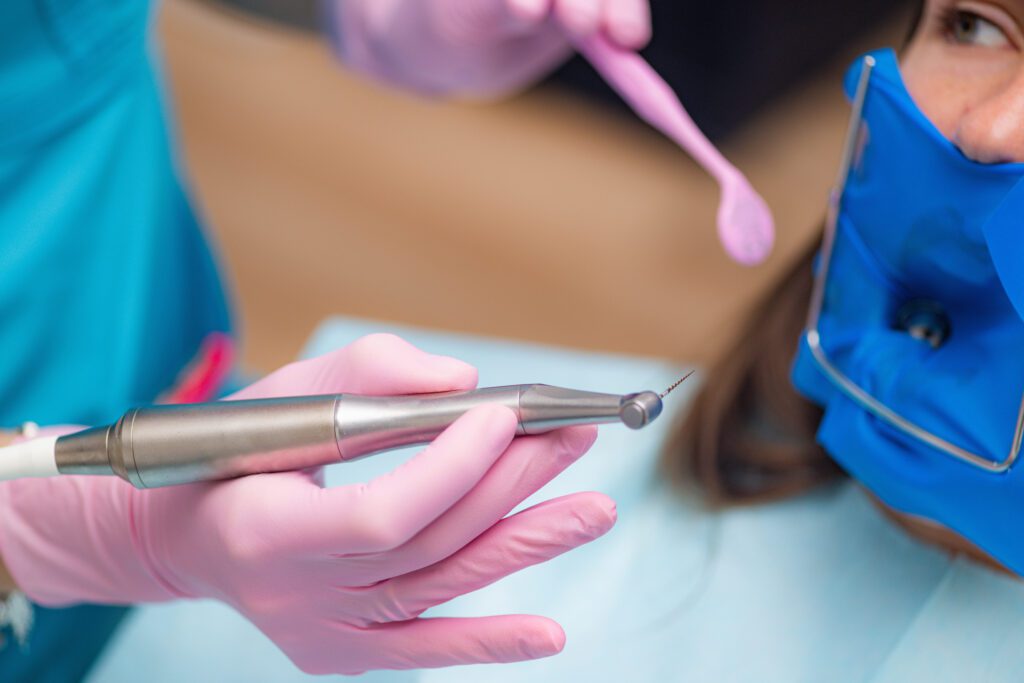When Old Root Canals Go Bad
For a variety of reasons, root canal treatment may occasionally be unsuccessful, at which point additional treatment becomes necessary. One purpose of an evaluation from the dentist is to identify specific causes of a dental problem and determine whether or not it can be corrected.
What Can Make Root Canal Treatment Fail?
One of the main reasons root canal treatment can fail is if all of the tooth’s canals were not identified and treated, or else were not completely cleaned. These are problems that can often be corrected with retreatment.
Another way treatment can become compromised is through leakage of salivary bacteria, which can contaminate the treatment area and lead to infection of the root canals and eventually the surrounding bone and gums. This leakage can either be the result of an ill-fitting crown or filling or through new tooth decay. With poorly-sealed root canals, contamination will occur rapidly, unlike a well-sealed root canal, which effectively slows or prevents contamination and infection. This problem can also be corrected with retreatment in most cases.
Retreatment Goals at EZ Smiles Dental
Retreatment aims to achieve the same results as initial root canal treatment. The dentist will mechanically remove debris, tissue, and infection from within the canal spaces, then chemically disinfect those spaces, and finally seal them off with a root canal filling so that recontamination will not occur.
Before the dentist can do this, they must disassemble the existing restoration and previous root canal treatment, which can involve removing or making access opening through the existing crown, or removing existing posts or cores. After disassembly is complete, they will remove the previous filling material so that they can clean and disinfect all canal spaces. Sometimes they will fill the canals with a temporary medication before completing treatment in a separate visit.
To complete the retreatment, the dentist seals the canals with a root filling. For a permanent restoration, you will need to go back to your restorative dentist after a few weeks of healing. A damaged or leaking restoration will need to be replaced because a well-fitting final restoration is crucial for the treatment to succeed.


